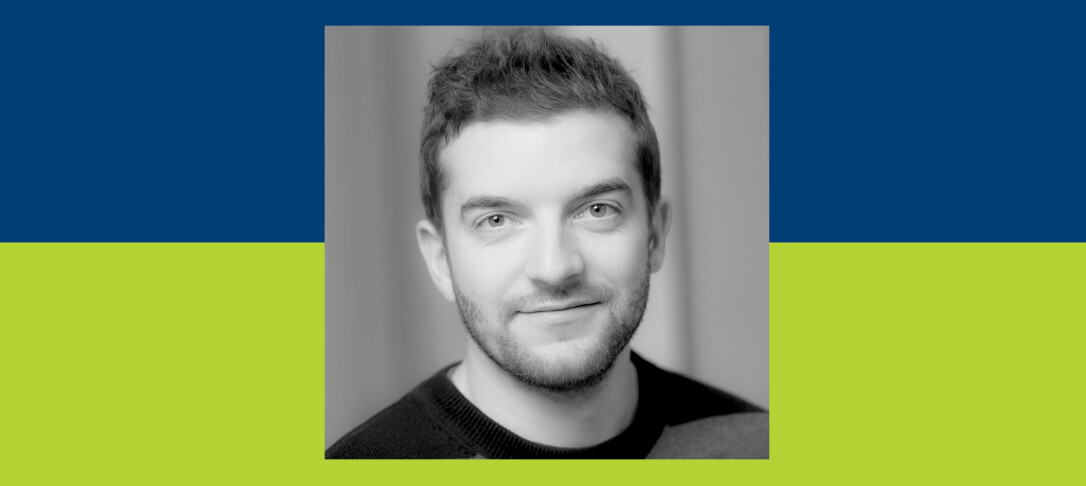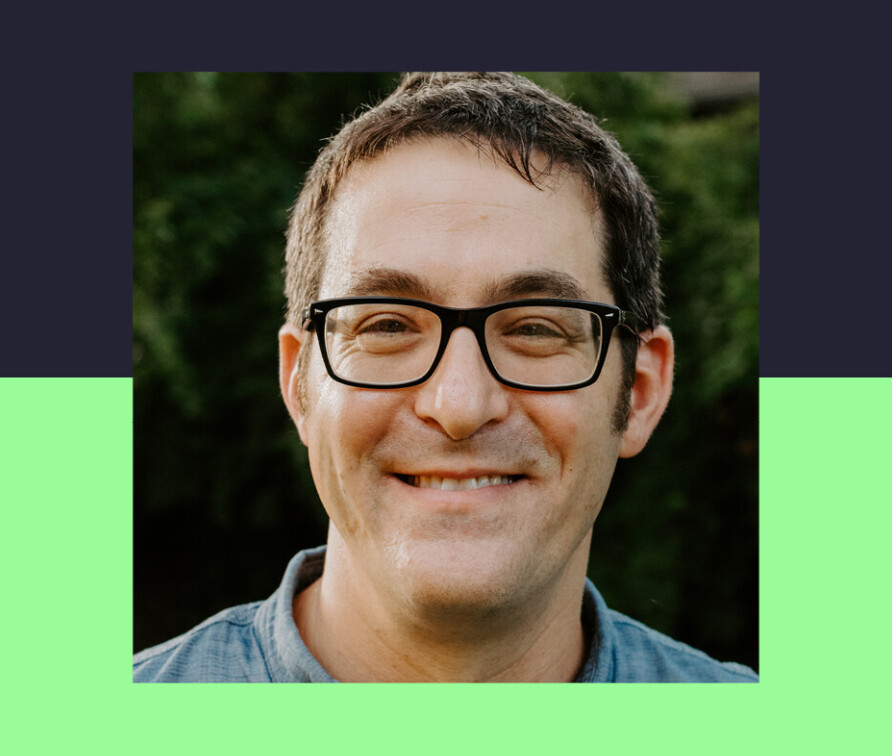
PLEASE NOTE:
This seminar will take place in person only and will not be recorded. Registration via Eventbrite is no longer needed for Department Seminars; you can simply turn up.
Title:
Ultrasound for the brain: new tools for reading and writing in the neural circuits.
Abstract:
Ultrasound (US) waves are still scarcely used in clinical neuroscience and neurology, whether for imaging or therapeutic use. In my presentation, I would like to briefly tour our team’s work at Physique pour la Médecine to build clinically usable ultrasound tools for neuroscience and neurology. Using ultrafast ultrasound imaging, we developed functional ultrasound brain imaging (fUS) in human neonates and derived connectivity imaging, shedding light on neural circuit function and maturation during early life. We developed transcranial Ultrasound Localization Microscopy (ULM) and aberration correction techniques to map the cerebral vasculature through the skull in human adults with a resolution down to 25µm, which is far beyond the capabilities of current clinical imaging modalities such as CT and MRI. We anticipate ULM will provide functional information soon in humans, as we already obtained very promising results of functional ULM in rodents. Finally, brain functional imaging is important, but being able to alter the brain function is of the highest interest. We developed mechanotransduction tools to be able to modify the fate of cells through their gene expression and sonogenetics to selectively activate with ultrasound certain types of neurons with very high spatial and temporal resolution. These efforts hold significant potential for transforming neuroscience and neurology practices. My research roadmap includes a clinical trial on whole brain connectivity imaging in neonatal care units, further developing fUS for adults, and deriving brain “read and write” tools from fUS and sonogenetics.
- Baranger, J., Demene, C., Frerot, A., Faure, F., Delanoë, C., Serroune, H., Houdouin, A., Mairesse, J., Biran, V., Baud, O., Tanter, M., 2021. Bedside functional monitoring of the dynamic brain connectivity in human neonates. Nature Communications.
- Demené, C., Robin, J., Dizeux, A., Heiles, B., Pernot, M., Tanter, M., Perren, F., 2021. Transcranial ultrafast ultrasound localization microscopy of brain vasculature in patients. Nature Biomedical Engineering.
- N. Renaudin, C. Demené, A. Dizeux, N. Ialy-Radio, S. Pezet, M. Tanter. Functional Ultrasound Localization Microscopy reveals brain-wide neurovascular activity on a microscopic scale. 2022. Nature Method.
- S. Cadoni, C. Demené, M. Provansal, D. Nguyen, D. Nelidova , G. Labernede, I. Alcala, J. Lubetzki, R. Goulet, E. Burban, J. Dégardin, M. Simonutti, G. Gauvain, F. Arcizet, O. Marre, D. Dalkara, B. Roska, J. A. Sahel, M. Tanter, S. Picaud, Sonogenetic stimulation of the brain at a spatiotemporal resolution suitable for vision restoration, 2023 Nature Nanotechnologies
Biography:
Charlie Demené is an Associate Professor in Acoustics and Medical Imaging at the Ecole Supérieure de Physique et de Chimie Industrielle de Paris (ESPCI) and a Researcher at Physics for Medicine Paris, France. He obtained a M. Sc. in Physics and Engineering at the ESPCI Paris, and a M. Sc. in Signal and Image Processing at Telecom ParisTech. After a PhD under the supervision of Mickaël Tanter at the Institut Langevin, on the development of a brain functional ultrasound imaging, he joined the Geneva Hospital to develop transcranial ultrasound localization microscopy, a vascular imaging technique enabling visualization of cerebral vessels <100 µm.
His major contributions to the field are now-widely used SVD-based spatiotemporal filtering techniques of ultrasonic images that are essential for fUS imaging in the presence of motion and the development of ultrafast ultrasound and fUS imaging for neonatal brain applications, with the first proofs of concept of cerebro-vascular resistivity mapping, epilepsy fUS imaging, and fUS-based connectivity mapping.
His current research interests span ultrasound microvascular imaging and signal processing, brain functional imaging using ultrasound, Ultrafast ultrasound localization microscopy using contrast agents and ultrasound bioeffects for sonogenetics and mechanotransduction.
